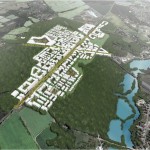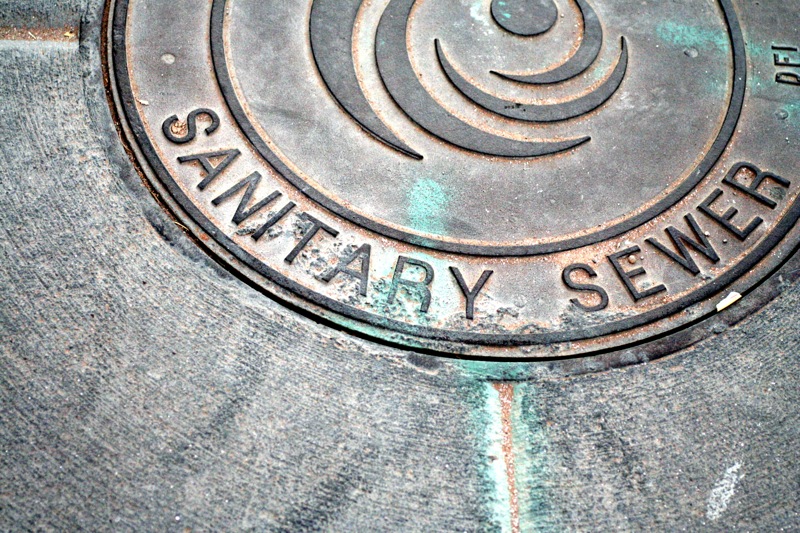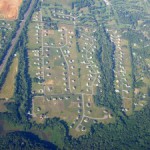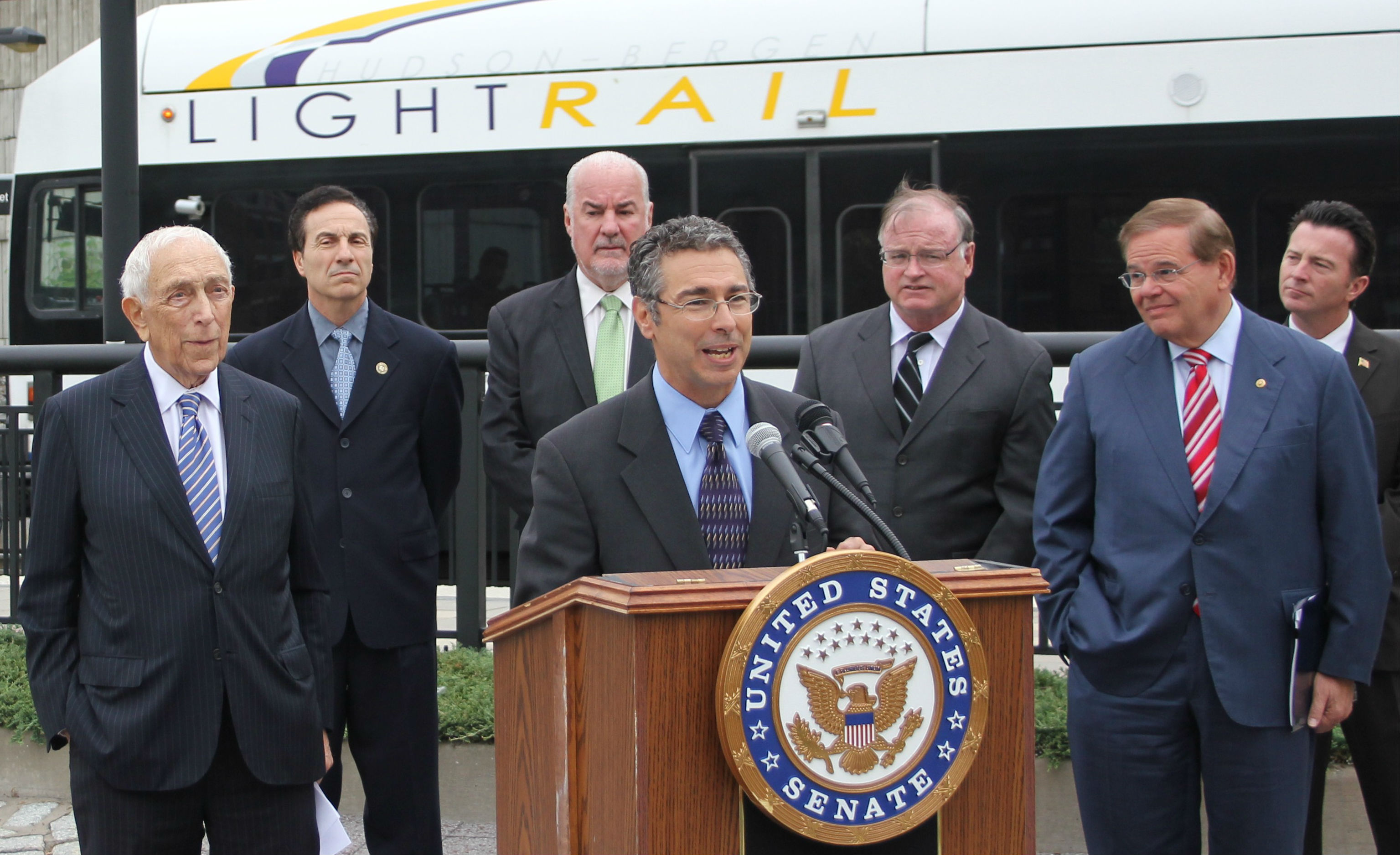New Jersey Future Blog
Buying Land Not Only Way to Protect It
November 14th, 2002 by Tim Evans
- True to form, New Jersey voters this month approved 81 percent of all local ballots for raising money to preserve open space. Statewide, 185 towns now have open space preservation funds.
- But even combining this extraordinary local financial commitment with state “Green Acres” and farmland preservation dollars, buying open land at New Jersey’s high land prices will not meet New Jersey’s million acre goal. New Jersey Future estimates that, at present funding levels, we can preserve only half that amount in 10 years.
- Though buying land is the surest way to preserve it, there are other complementary regulatory options for preserving open lands and conserving resources.
- One town’s innovative approach to preserving its rural character through zoning will be reviewed next year by the state’s Appellate Division.
- East Amwell changed the zoning in 60 percent of the town in a bid to preserve the community’s rural character and the viability of local farms. The decision was upheld in August by a State Superior Court. It is now being appealed, led by the New Jersey Farm Bureau, an organization which supports maximizing farmland values and opposes zoning that restricts development.
PRESERVING FARMLAND THROUGH ZONING
Buying land with public dollars has been our state’s weapon of choice in the war on sprawl.
There are additional ways. New Jersey’s land use law expressly empowers municipalities to zone land for agriculture, and to restrict its development in ecologically sensitive areas. At the same time, communities can – and should – keep sewers and other “development-leading” infrastructure away from these areas. Far-reaching court decisions have consistently supported such measures.
East Amwell in 1999 created a new zoning ordinance that reduced by two-thirds the amount of development allowed on some 11,000 acres of open space, or about 60 percent of the town’s land. Average density was changed to one unit per 10 acres – but the zoning options are not designed to achieve 10-acre lots for McMansions, but to mix lots as small as 1.5 acres with much larger lots, where farming can continue. There are incentives for clustering new homes where farmland is not adversely affected. Bonus homes are offered to builders who preserve 75 percent of their parcel in open land.
In upholding the zoning change this summer, the Superior Court noted that the change was consistent with local, county and state planning goals, including New Jersey’s State Plan. The judge asserted that while the State Plan has a regional approach, “it is one which in the end tolerates the choice of a particular community to safeguard its environs.”
The court also found “no evidence” that reducing the density of the land by two-thirds results in anything “other than the most minimal sort of reduction in (land) value.”
“Downzoning” – reducing allowable development densities – is no panacea for sprawl. But it is an important means available to towns to reduce the intensity of development, and protect publicly preserved land from intrusive tract development.
Importantly, downzoning should be an option only for those communities, like East Amwell, which have first met their constitutional obligation for providing affordable housing.
Other options, including transfer of development rights and “agricultural protection areas” as exist today in the Pinelands, await the leadership of the Administration and the Legislature.
















